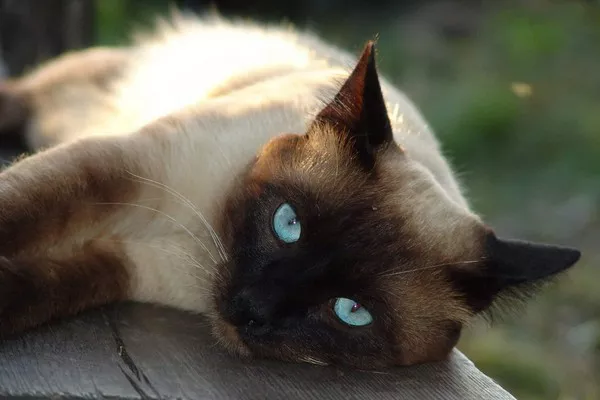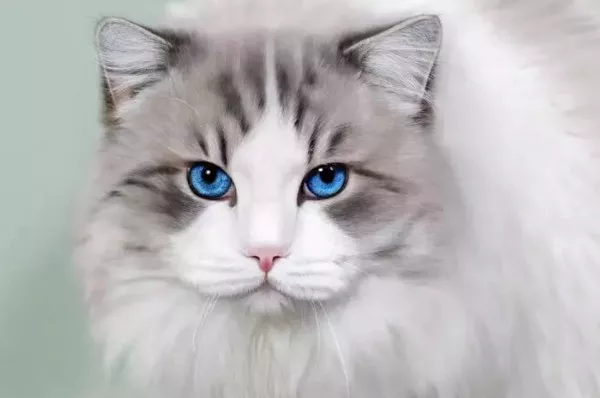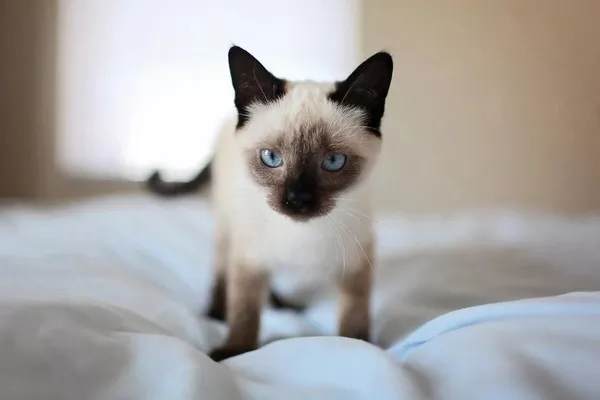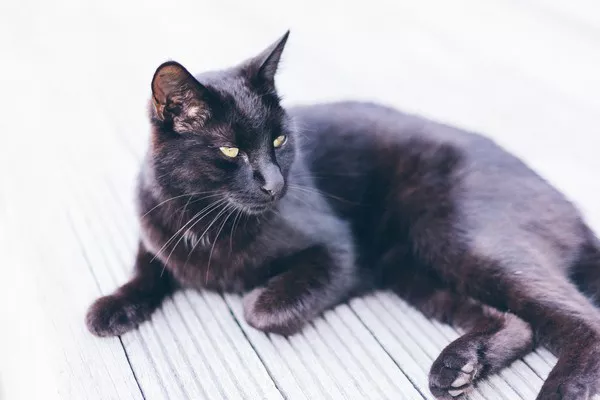The debate over whether male cats are less affectionate than their female counterparts has long intrigued cat lovers and owners. While some people believe that male cats tend to be more aloof or independent, others contend that their affectionate nature is often underestimated. In this comprehensive exploration, we will delve into the behavior and characteristics of male cats to shed light on their capacity for affection and the factors that influence their behavior.
Understanding Feline Behavior
To better understand the affectionate nature of male cats, it’s essential to recognize that feline behavior is influenced by a combination of genetic, environmental, and individual factors. Cats are known for their unique and sometimes enigmatic personalities, making it challenging to make sweeping generalizations about their behavior based solely on gender.
Factors Influencing Feline Affection
Several factors influence a cat’s capacity for affection, regardless of their gender:
1. Early Socialization: Kittens that receive positive human interactions during their critical socialization period (typically between 2 and 7 weeks of age) tend to be more affectionate and comfortable with people throughout their lives.
2. Individual Personality: Each cat has a distinct personality shaped by genetics and early experiences. Some cats are naturally more outgoing and affectionate, while others may be more reserved or independent.
3. Breed Differences: Certain cat breeds are known for their affectionate nature. For example, Ragdolls, Siamese, and Maine Coons are often regarded as affectionate breeds.
4. Health and Comfort: Cats in good health and those with a comfortable living environment are more likely to exhibit affectionate behavior. Cats may become withdrawn or distant if they are in pain or experiencing stress.
5. Socialization with Other Cats: Cats that have positive experiences and interactions with other cats are more likely to display social and affectionate behavior.
6. Neutering/Spaying: The decision to neuter (male) or spay (female) a cat can affect their behavior. Neutered male cats may be less territorial and aggressive, which can positively impact their overall disposition.
7. Owner’s Interaction Style: The way an owner interacts with their cat can also influence the cat’s behavior. Consistent positive interactions and bonding activities, such as play and grooming, can foster affection.
Male Cats: Debunking the Stereotype
While some people may perceive male cats as less affectionate than females due to stereotypes, this is not necessarily the case. Here are some reasons to challenge the myth of male cats’ aloofness:
1. Individual Variation: Affectionate behavior varies widely among individual cats, regardless of gender. Just as some female cats may be reserved, many male cats are exceptionally affectionate and enjoy close human companionship.
2. Neutering: Neutering male cats can have a positive impact on their behavior. Neutered males tend to be less territorial and less prone to aggression, which can contribute to a more affectionate demeanor.
3. Breed Matters: The breed of the cat can significantly influence their level of affection. Many male cats from breeds known for their affection, such as Ragdolls or Maine Coons, are exceptionally loving and enjoy human interaction.
4. Early Socialization: Male kittens that receive proper socialization and positive human interactions during their early weeks are more likely to grow up to be affectionate and sociable adults.
5. Unique Bonding Moments: Male cats often form strong bonds with their owners and engage in unique bonding behaviors, such as head-butting, kneading, and purring, to express their affection.
6. Playful Nature: Male cats are known for their playful and energetic nature, which can translate into affectionate behavior. They may seek out interactive play with their owners as a way to bond.
Encouraging Affectionate Behavior in Male Cats
If you have a male cat that you’d like to encourage to be more affectionate, here are some strategies to help foster a closer bond:
1. Positive Reinforcement: Reward affectionate behavior with treats, praise, and gentle petting to reinforce the connection between affection and positive outcomes.
2. Interactive Play: Engage your cat in interactive play with toys that mimic prey. This not only stimulates their natural instincts but also strengthens the bond between you and your cat.
3. Respect Boundaries: Cats have their own boundaries and preferences when it comes to affection. Respect their cues and body language, and avoid forcing interactions if they are not in the mood.
4. Grooming: Brushing or grooming your cat can be a soothing and bonding activity that many cats enjoy. It also helps reduce shedding and matting.
5. Create a Comfortable Environment: Ensure that your cat’s living environment is comfortable, stress-free, and enriched with toys and cozy spots to rest.
6. Consistent Routine: Cats thrive on routine. Establish a predictable daily schedule that includes feeding, playtime, and quiet time to help your cat feel secure and build trust.
Conclusion
The belief that male cats are inherently less affectionate than females is a stereotype that does not hold up to scrutiny. A cat’s capacity for affection is influenced by a combination of genetic factors, early socialization, breed, health, and individual personality. While some male cats may have a reserved demeanor, many are exceptionally affectionate and form strong bonds with their owners. By providing a nurturing and stimulating environment, respecting your cat’s boundaries, and engaging in positive interactions, you can foster a loving and affectionate relationship with your male feline companion.



























